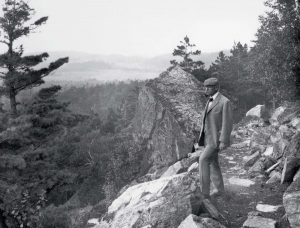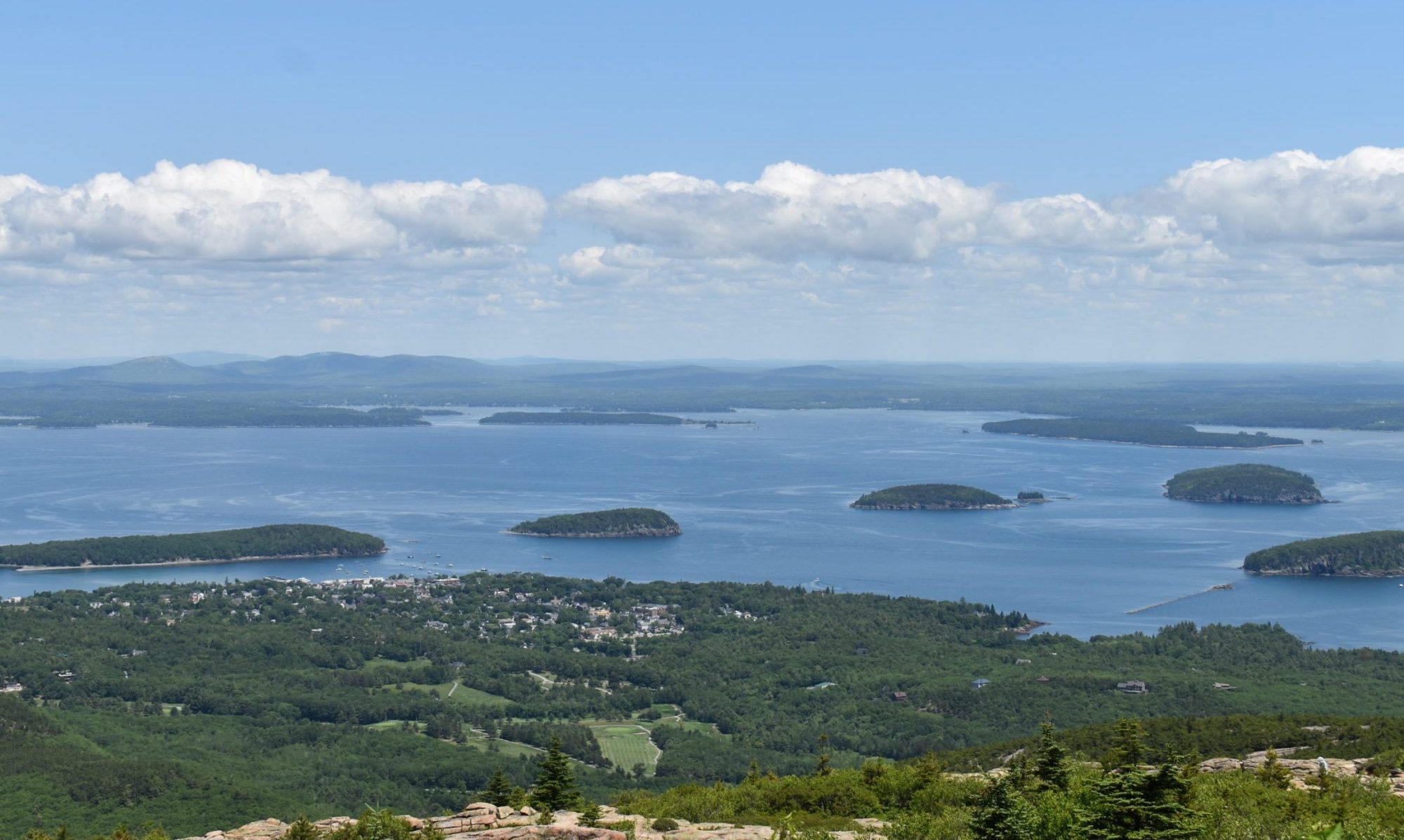History
Acadia National Park

Acadia National Park originated as Sieur De Monts National Monument in 1916 and was later known as Lafayette National Park in 1919 before receiving its current name in 1929. The efforts of George Dorr played a significant role in advocating for the park's establishment in Washington D.C. Following its designation as a National Park, George Dorr used his $10 million fortune to expand and protect the park.
The renowned Park Loop Road also has an interesting history. John D. Rockefeller Jr. and others designed the road as an intricate system that perfectly follows the landscape. Initially planned for completion around World War II, the road faced delays due to private landowner issues and other factors, ultimately being finished in 1958.
After the completion of the Park Loop Road, trail making gained momentum. Several improvement societies and dedicated pathmaking groups contributed to clearing and building trails for visitors to experience the full beauty of Acadia. Many of these trails incorporated large stone steps and iron rungs to assist people along the paths. An example of such a trail is the Ladder Trail, completed by Waldron Bates in 1891.
Bar Harbor
Originally known as Eden and established in 1796, the area that is now Bar Harbor was not heavily populated due to its challenging agricultural conditions. However, the scenic landscape drew various artists from New York starting in the 1840s. After the Civil War, tourists began visiting the area, attracted by the beauty depicted in the paintings. In 1918, Eden changed its name to Bar Harbor. The 1920s saw a surge in popularity and tourism, turning it into a thriving destination.
Bar Harbor's golden age of tourism faced challenges during World War II and a devastating fire in 1947, the cause of which remains unknown. The fire destroyed much of the town, including several famous summer cottages. Though the forest thinned after the fire, it eventually contributed to the growth of the well-known blueberries found along hiking trails.
Wabanaki on Mount Desert Island
Native Americans, particularly the Wabanaki Confederation, including the Maliseet, Micmac, Passamaquoddy, and Penobscot groups, have lived in Maine for over 12,000 years. The Wabanaki frequently visited Mount Desert Island to hunt, fish, gather berries, and trade. They were responsible for creating the island's first trails, designed to facilitate easier access to hunting grounds.
With the arrival of settlers on the island, the Wabanaki engaged in trade and shared their knowledge about the island with the newcomers. Over time, as the island's population increased, the Wabanaki visited less frequently due to crowding.
Explore the History of Acadia
Find out more about Acadia's rich history using the links below.


